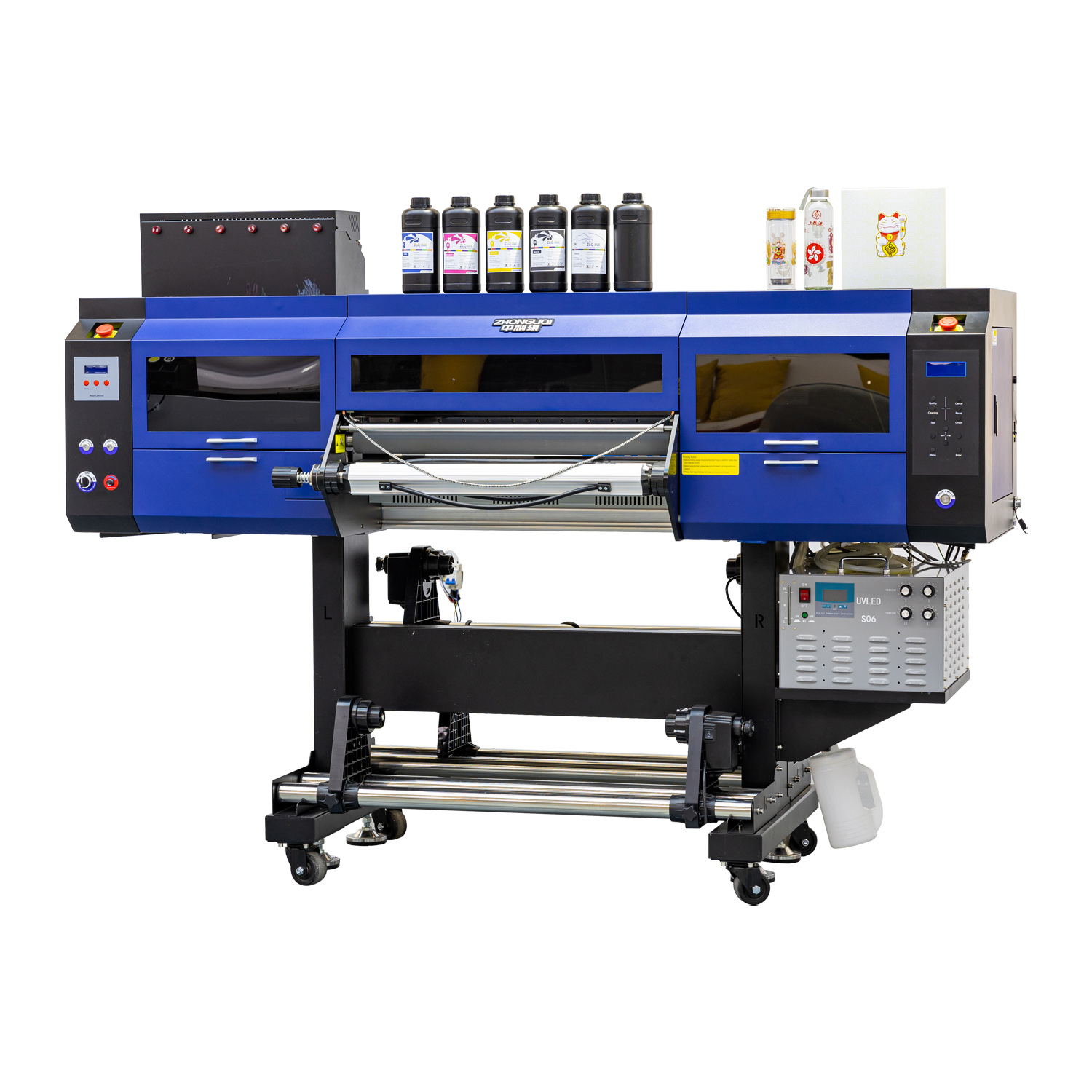1. Impact on UV ink
1. Fluidity: When the temperature is high, the fluidity of UV ink may be enhanced. This may cause the ink to spread easily during printing, affecting the accuracy and clarity of printing. On the contrary, when the temperature is low, the fluidity of the ink will deteriorate, and problems such as nozzle clogging may occur, affecting the smoothness of printing.
2. Curing speed: UV ink needs to be cured by ultraviolet radiation. When the temperature is high, the curing speed may be faster, which may cause the ink to cure before it has time to be evenly distributed during the printing process, affecting the printing quality. When the temperature is low, the curing speed will be slower, and it may take longer to cure, affecting production efficiency.

2. Impact on UV DTF ink
1. Drying time: The temperature will affect the drying time of UV DTF ink after printing. Higher temperatures usually make the ink dry faster, which may cause problems during the transfer process, such as incomplete transfer or pattern deformation. Lower temperatures will prolong the drying time and may increase the production cycle.
2. Color stability: Temperature changes may affect the color stability of UV DTF ink. Under different temperatures, the color of the ink may change slightly, affecting the consistency of the printing effect.
In order to reduce the impact of temperature on the ink printing effect, the following measures can be taken:
1. Control the temperature of the printing environment: Try to keep the temperature of the printing environment within a relatively stable range to ensure the stability of the ink performance.
2. Adjust the parameters of the ink: According to the changes in temperature, appropriately adjust the fluidity, curing speed and other parameters of the ink to obtain the best printing effect.
3. Conduct pre-testing: Conduct pre-testing under different temperature conditions to understand the performance changes of the ink and adjust the printing process in time.
Related product

